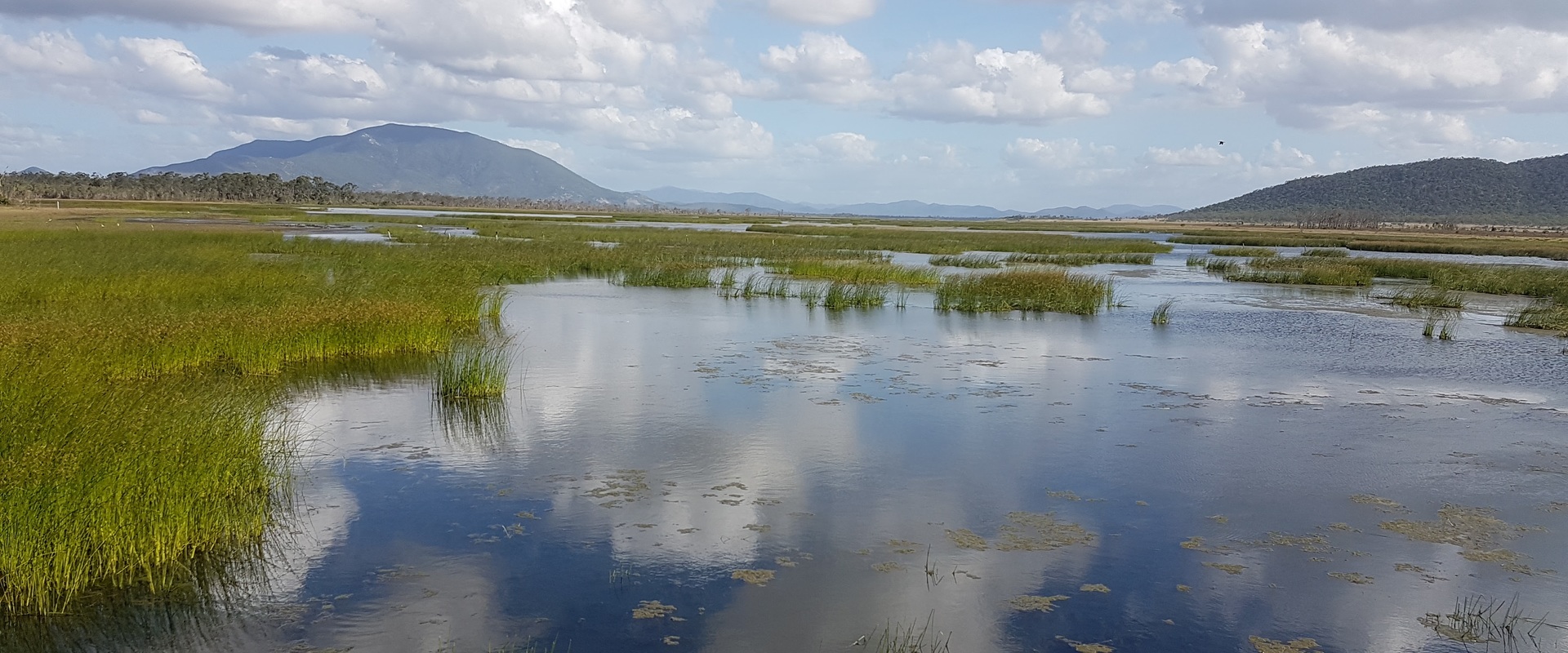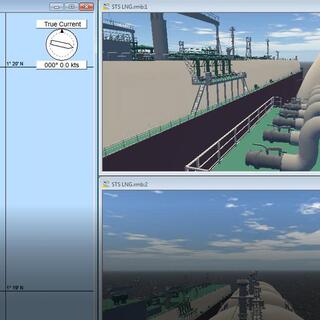Background
Client: Australian Government Department of the Environment and Water Resources
As a party to the Convention on Wetlands of International Importance (Ramsar Convention), Australia is required to meet its obligations under the Convention in terms of reporting, management planning and provision of supporting information on Ramsar-listed wetlands.
The Department of the Environment and Water Resources (DEW) is responsible for implementation of the Ramsar Convention in Australia, and for ensuring Australia complies with the requirements and responsibilities under the Convention.
Outcomes and Benefits
BMT was commissioned to undertake a preliminary review of the current status and management of all of Australia’s Ramsar-listed wetlands. The project involved the collection and collation of data on Australia’s Ramsar estate through review of files held by DEW, external public sources, and survey of site managers and state representatives including: the current status of management documents such as Ramsar Information Sheets and Ecological Character Descriptions; financial information including funding per site/year or decade; and an initial assessment of the major threats and impacts. Gaps evident through the initial data collection and collation process were filled where appropriate. Following analysis of results, recommendations were provided for the Rolling Review planned by DEW for ongoing management of Australia’s Ramsar estate.
Services and Expertise Provided:
- Review of information held by DEW on current Ramsar sites;
- Creation and implementation of a Ramsar management database;
- Survey of Ramsar site managers across Australia;
- Systematic analysis of gaps and priorities; and
- Recommendations for ongoing rolling review.




